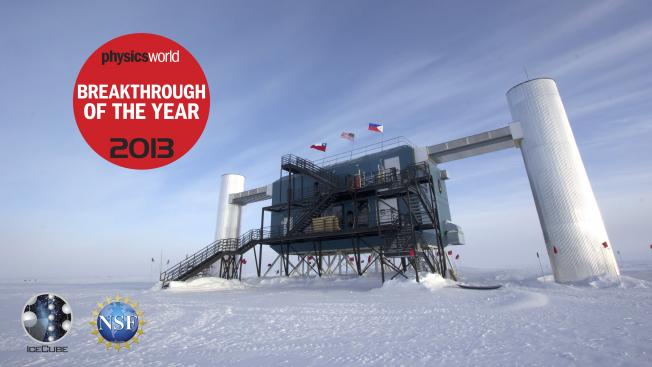Quantifying uncertainties in primordial nucleosynthesis without Monte Carlo simulations
ArXiv astro-ph/9803177 (1998)
Abstract:
We present a simple method for determining the (correlated) uncertainties of the light element abundances expected from big bang nucleosynthesis, which avoids the need for lengthy Monte Carlo simulations. Our approach helps to clarify the role of the different nuclear reactions contributing to a particular elemental abundance and makes it easy to implement energy-independent changes in the measured reaction rates. As an application, we demonstrate how this method simplifies the statistical estimation of the nucleon-to-photon ratio through comparison of the standard BBN predictions with the observationally inferred abundances.Quantifying uncertainties in primordial nucleosynthesis without Monte Carlo simulations
(1998)
Potential Sensitivity of Gamma-Ray Burster Observations to Wave Dispersion in Vacuo
ArXiv astro-ph/9712103 (1997)
Abstract:
The recent confirmation that at least some gamma-ray bursters (GRBs) are indeed at cosmological distances raises the possibility that observations of these could provide interesting constraints on the fundamental laws of physics. Here we demonstrate that the fine-scale time structure and hard spectra of GRB emissions are very sensitive to the possible dispersion of electromagnetic waves in vacuo with velocity differences $\delta v \sim E/E_{\QG}$, as suggested in some approaches to quantum gravity. A simple estimate shows that GRB measurements might be sensitive to a dispersion scale $E_{QG}$ comparable to the Planck energy scale $E_{P} \sim 10^{19}$ GeV, sufficient to test some of these theories, and we outline aspects of an observational programme that could address this goal.Potential Sensitivity of Gamma-Ray Burster Observations to Wave Dispersion in Vacuo
(1997)



